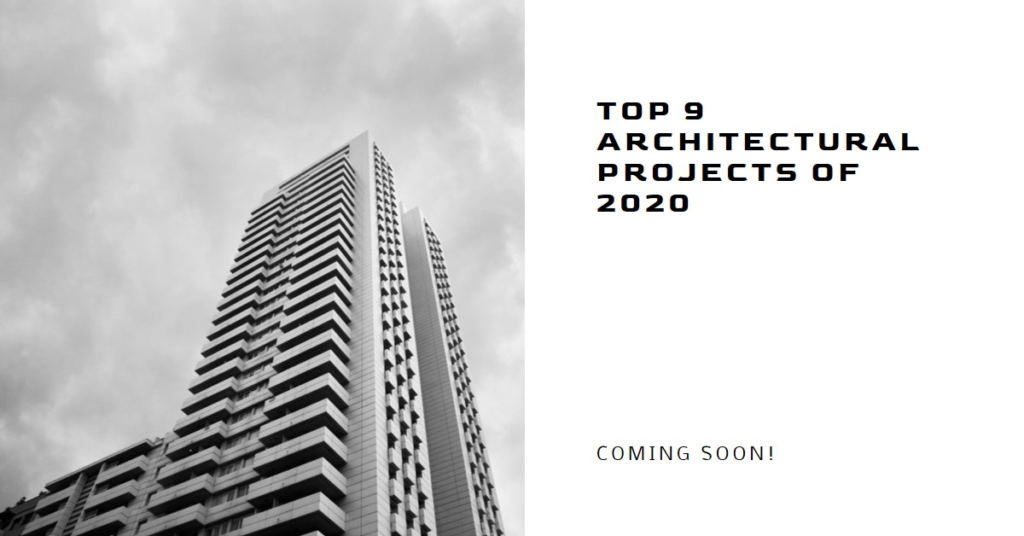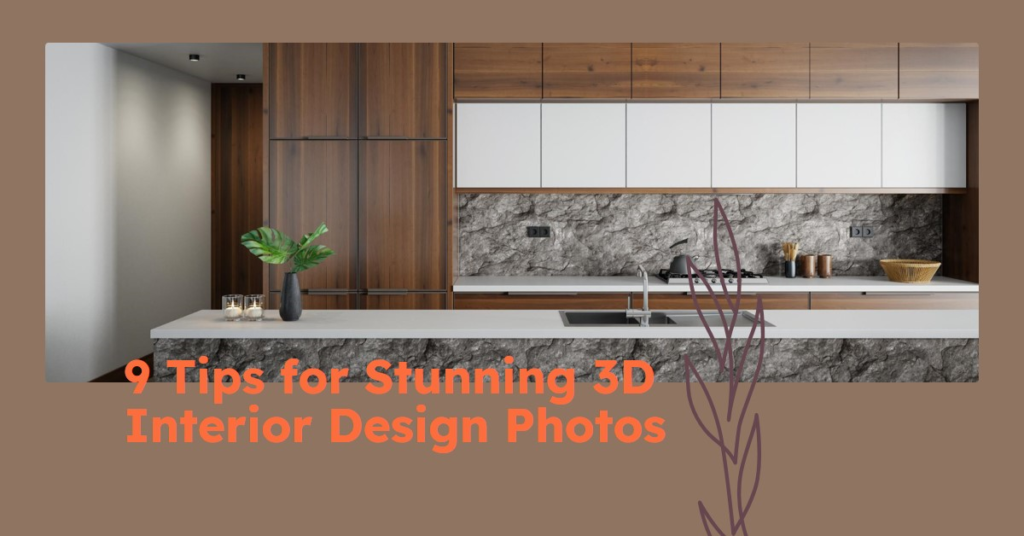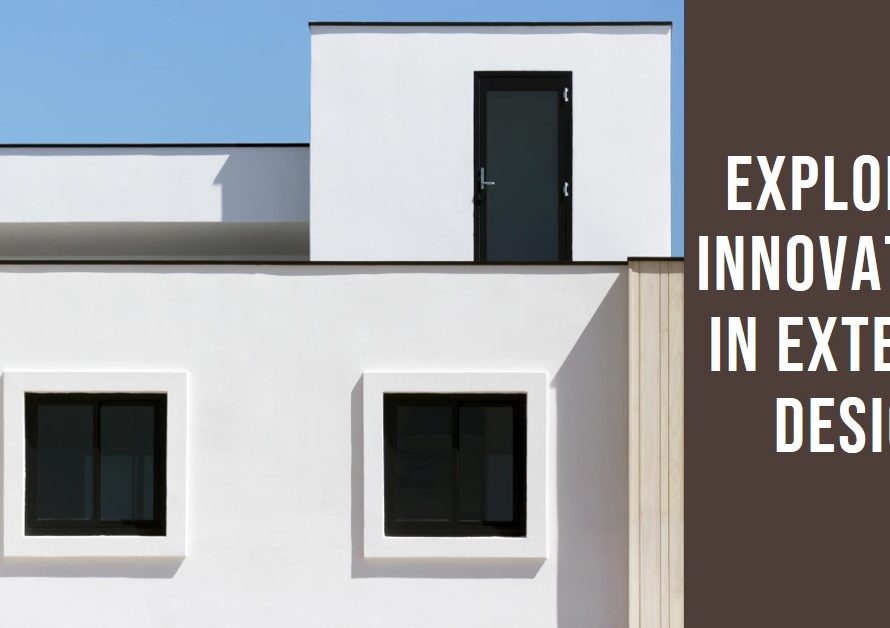
Table of Contents
Introduction: Navigating Quality in 3D Interior Design
In the realm of 3D interior design, distinguishing between exceptional work and subpar designs is crucial for ensuring client satisfaction and project success. This article aims to shed light on ten key indicators that can help recognize a poorly executed 3D interior design. By understanding these common pitfalls, designers, clients, and stakeholders can collaborate effectively to elevate design standards and deliver outstanding interior spaces.
1. Poor Proportions and Scale: Dissonance in Dimensions
One of the first signs of a subpar 3D interior design is evident in the proportions and scale of elements within the space. Designers must ensure that furniture, fixtures, and architectural elements are appropriately sized and positioned to create a harmonious visual balance. Oversized or undersized furniture relative to room dimensions, disproportionate elements like excessively large artwork or tiny light fixtures, and awkward spatial arrangements can signal design inconsistencies and detract from the overall aesthetic appeal.
2. Lack of Cohesive Style: Clashing Design Elements
A well-executed interior design seamlessly integrates various design elements to create a cohesive and harmonious style. Conversely, a bad 3D interior design often exhibits a lack of cohesion, with clashing styles, conflicting color palettes, and mismatched textures. Inconsistent design themes, such as mixing modern and traditional elements without synergy or incorporating unrelated design motifs, can result in visual discordance and diminish the overall impact of the space.
3. Overlooking Functional Considerations: Form Over Function
Successful interior design balances aesthetics with functionality, ensuring that spaces not only look appealing but also serve their intended purposes effectively. A common flaw in subpar designs is prioritizing form over function, leading to impractical layouts, inaccessible storage solutions, and inefficient use of space. Spaces that lack ergonomic furniture arrangements, adequate circulation paths, or proper lighting for tasks highlight a disregard for functional considerations, impacting usability and user experience negatively.
4. Inadequate Lighting Design: Dimming Design Potential
Lighting plays a pivotal role in interior spaces, influencing ambiance, mood, and visual clarity. A telltale sign of a bad 3D interior design is inadequate or poorly executed lighting design. Spaces with insufficient natural light integration, improper artificial lighting placement resulting in shadows or glare, and mismatched lighting fixtures that do not complement the design aesthetic can diminish the overall appeal and functionality of the space. Well-planned lighting design enhances spatial perception, highlights design features, and creates inviting atmospheres.
5. Lack of Attention to Detail: Missing the Finishing Touches
Attention to detail is a hallmark of exceptional design, yet it is often lacking in subpar 3D interior designs. Designers must pay meticulous attention to finishings, material selections, and small-scale elements that contribute to overall visual cohesion and refinement. Common flaws include visible seams or joins in textures, generic and repetitive material choices, and neglecting finer details such as trim work, hardware selections, or decorative accents that add character and depth to interiors.
6. Poor Color Coordination: Color Clashes and Overwhelm
Color palettes play a significant role in setting the tone and mood of interior spaces, but poor color coordination can detract from the intended design impact. Signs of bad color coordination include clashing color schemes that create visual discord, overwhelming use of bold or bright colors that dominate the space, and neglecting to create visual hierarchy through color contrast and balance. Thoughtful color selection should consider the space’s function, desired atmosphere, natural light conditions, and client preferences to create harmonious visual compositions.
7. Unresolved Design Transitions: Disjointed Spaces
Smooth transitions between different areas within a space are essential for cohesive interior design. Poorly executed transitions manifest as disjointed spaces with abrupt style shifts, awkward material transitions, or abrupt changes in spatial flow. Areas where flooring materials abruptly change without transition strips, conflicting design styles between interconnected rooms, or sudden shifts in ceiling heights without architectural coherence highlight unresolved design transitions that detract from overall design continuity.
8. Lack of Personalization: Generic and Impersonal Designs
Great interior design reflects the personality, lifestyle, and preferences of the occupants, but bad designs often lack this personalized touch. Generic furniture arrangements, cookie-cutter decor choices, and impersonal styling devoid of character or narrative fail to create emotional connections or resonate with users. Designers should strive to understand client needs, cultural influences, and individual tastes to infuse spaces with personalized elements that reflect and celebrate the occupants’ identity and lifestyle.
9. Disregard for Material Quality: Sacrificing Durability and Aesthetics
Materials play a dual role in interior design, contributing to both aesthetics and functionality. A common flaw in subpar designs is the disregard for material quality, resulting in visually unappealing finishes, poor durability, and maintenance challenges. The use of low-quality materials prone to wear and tear, mismatched finishes that clash visually, and inadequate consideration of material properties concerning durability, sustainability, and suitability for specific applications highlight a lack of attention to material quality, compromising the overall design integrity.
10. Ignoring Environmental Considerations: Sustainability Oversights


In today’s design landscape, sustainability is a key consideration that extends beyond aesthetics and functionality. A flawed 3D interior design often overlooks environmental considerations, such as energy-efficient lighting, eco-friendly material choices, indoor air quality management, and waste reduction strategies. Designs that neglect sustainable practices contribute to environmental impact, operational inefficiencies, and reduced occupant well-being, highlighting the importance of integrating sustainability principles into interior design processes.
Conclusion: Striving for Excellence in Interior Design
In conclusion, recognizing the hallmarks of a bad 3D interior design empowers designers, clients, and stakeholders to strive for excellence and elevate design standards. By addressing common flaws such as poor proportions, lack of cohesion, functional oversights, inadequate lighting, attention to detail lapses, color coordination challenges, unresolved transitions, generic designs, material quality disregard, and sustainability oversights, designers can create interior spaces that are not only visually appealing but also functional, sustainable, and deeply resonant with occupants’ needs and aspirations. Through collaboration, attention to detail, and a commitment to quality, the interior design industry can continue to innovate and inspire transformative spaces that enrich lives and environments.


